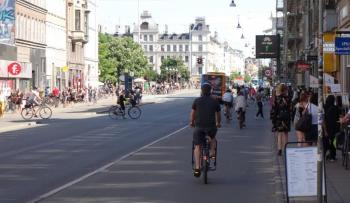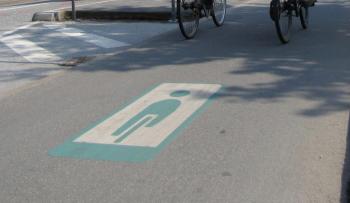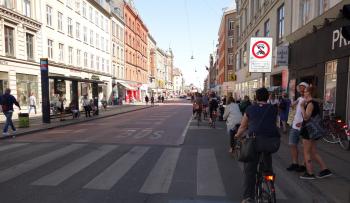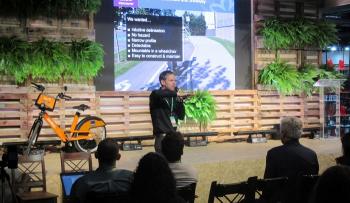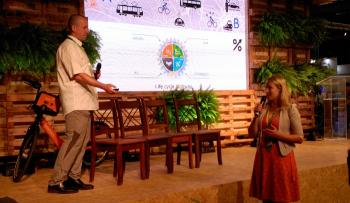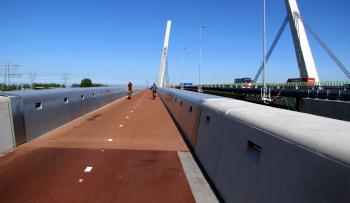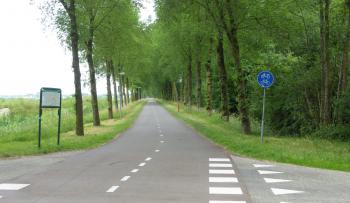Between 2008 and 2016 the number of cars driving across Dronning Louises Bro in Copenhagen dropped by nearly 60%. But the total number of people using the bridg...
Up to 48 thousand cyclists per day cross Queen Louise Bridge in Copenhagen. We revisit Nørrebrogade on the cycle highway C95 to check how traffic lights w...
Up to 48 thousand cyclists per day cross Queen Louise Bridge in Copenhagen. One of the key measures that contributed to reaching such a high number is closing o...
A new elevated section of the F1 cycle highway next to the Antwerp-Berchem train station bypasses two crossings with traffic lights, enabling faster and more co...
Car traffic can be “filtered out” on selected streets to create better conditions for walking and cycling, and at the same time maintain necessary access to eve...
Participants of the “Copy & Paste Infrastructure” session discussed challenges and adaptations of applying the Dutch or Danish cycling infrastructure design...
There are diverse ways that bicycles can be present in public space – at events, in education, street art and last but not least – infrastructure. Speakers in t...
Infrastructure can be a promoter of social inclusion, generating accessibility and equality – was the main message of the “Inclusive Infrastructure” session. Be...
The liveability and attractiveness of a city can be improved by smarter transport choices. A change from car-dependent lifestyles towards less polluting transpo...
In the first infrastructural session on Velo-city 2018 we discussed the challenges related to the design of cycling infrastructure in cities and metropolis...
One of the key elements of the 3rd Mobility Package launched by the European Commission on May 17th is a proposal for amending the Road Infrastructure Safe...
Instead of cutting trees to widen carriageway, an old car connection between Nijmegen and Beuningen was turned into a cycle path. Now this tree-lined avenue is...

